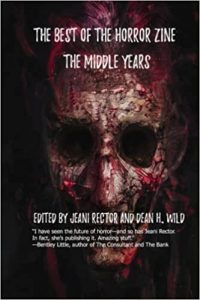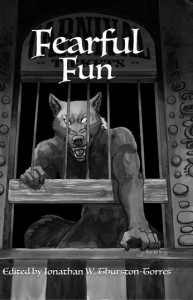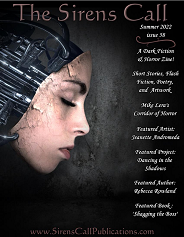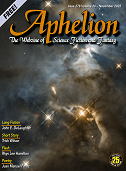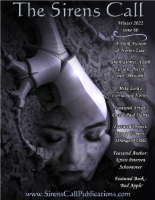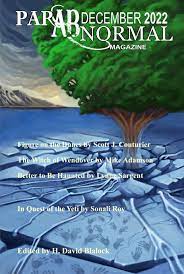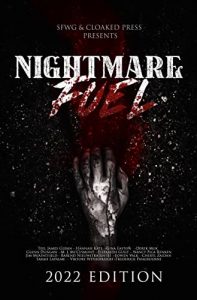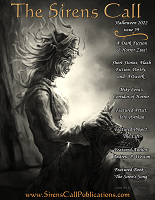
© Schlock! Webzine
Jim Mountfield, the pseudonym under which I write horror fiction, has just had his first short story published in 2023. The story is entitled Temple Street and it appears in this month’s edition – Volume 17, Issue 6 – of Schlock! Webzine.
Temple Street is set in the northern Sri Lankan town of Jaffna – a town so north in the island and so close to India, in fact, that it often feels more Indian in culture and temperament – and it’s particularly inspired by Kovil Road, the street where I usually stayed during the many occasions between 2016 and 2020 when I was sent to Jaffna as part of my job. I found Kovil Road fascinating for the same reason that the story’s main character finds the fictional Temple Street fascinating: “Though it was narrow and its traffic consisted mainly of tuk-tuks, motorbikes and bicycles, it’d taken him past properties that seemed to represent every point on every spectrum of town life, from ancient to modern, poor to rich, wild to civilised.”



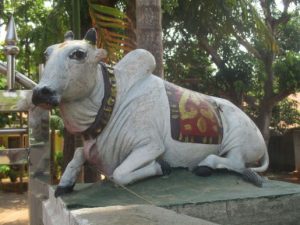

One night, though, I had an eerie experience walking back along Kovil Road after spending a few hours in my favourite local watering hole, the Colombo Restaurant – no, it wasn’t a restaurant and no, it wasn’t in Colombo either. A strong wind was blowing, shaking the tops of the trees overhead, especially the palm trees, and I couldn’t help noticing how bestial-looking the shadows of the palm-fronds looked on the road beside me. They seemed to twist and writhe on the asphalt like giant, black, shaggy beasts… And that gave me the idea for Temple Street.
I’m wary of horror stories written by Western writers and featuring Western characters that use ‘exotic’ – i.e., non-Western – locales as their settings. Often, intentional or not, the implication is that the locale is mysterious, dangerous and less ‘civilised’ because it’s culturally different from the West. The laziest of these stories appropriate something from the local culture, from its mythology, legends or folklore, and use it as a cheap way to rustle up a monster and / or some horror. Since I didn’t wish to do that with Jaffna, Temple Street stresses that the bad stuff comes from a combination of conditions that could arise anywhere in the world, Western countries included. Unfortunately for the story’s protagonist, those conditions just happen to arise one night while he’s walking along the street of the title.
For the next month, Temple Street can be read here, while the main page for Schlock! Webzine is accessible here.

